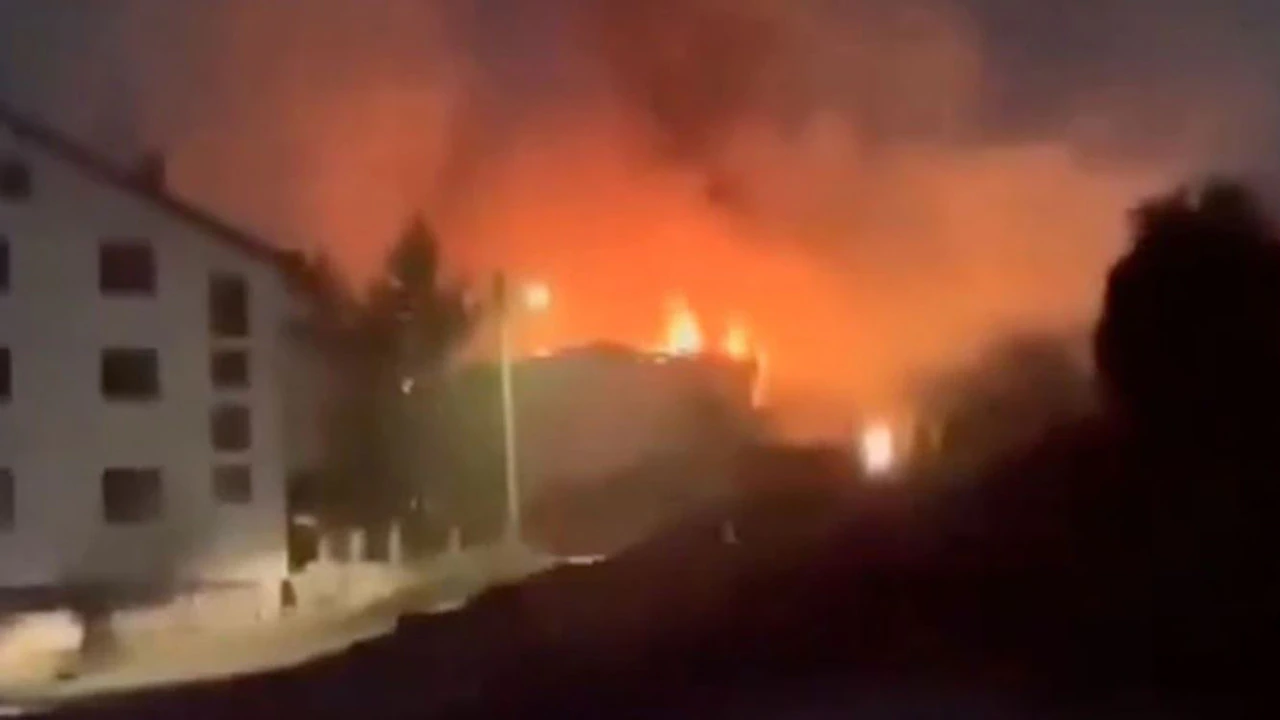What Happened?
A powerful 7.6-magnitude Caribbean earthquake struck the sea on February 8, 2025, just north of Honduras and southwest of the Cayman Islands, triggering a tsunami warning for several islands, including Puerto Rico and the U.S. Virgin Islands. The quake occurred at a depth of 10 kilometers and has caused significant concern among residents and authorities.
Forecast and Updates
The U.S. National Tsunami Warning Center initially issued tsunami advisories for Puerto Rico and the Virgin Islands, but these were later canceled. However, residents are still advised to exercise caution near the water due to potential strong currents. The earthquake was the largest to hit the region since 2021, and aftershocks are possible. Seismologists continue to monitor the situation closely, and further updates will be provided as necessary.
Countries with Tsunami Warnings
Several countries issued tsunami warnings and advisories following the earthquake. These countries include the Cayman Islands, Jamaica, Cuba, Honduras, Puerto Rico, the Virgin Islands, the Bahamas, Costa Rica, Panama, Nicaragua, Belize, Haiti, the Dominican Republic, Mexico, and Guatemala. Residents in these regions were advised to take precautions, such as moving inland and staying away from coastal areas. The impact of the earthquake varied across different locations, with some areas experiencing higher waves and stronger currents than others.
- Cayman Islands: Residents were advised to move inland as a precaution.
- Jamaica: Coastal areas were put on alert.
- Cuba: Forecasted waves up to 3 meters.
- Honduras: Smaller waves of 0.3 to 1 meter expected.
- Puerto Rico: Advisories were issued but later canceled.
- Virgin Islands: Similar to Puerto Rico, advisories were later canceled.
- Bahamas: Coastal areas were monitored.
- Costa Rica: Advisories were issued.
- Panama: Coastal regions were on alert.
- Nicaragua: Coastal areas were monitored.
- Belize: Coastal regions were on alert.
- Haiti: Coastal areas were monitored.
- Dominican Republic: Coastal areas were on alert.
- Mexico: Coastal regions were monitored.
- Guatemala: Coastal areas were on alert.
How to Stay Safe
- Move Inland: If you’re near the coast, move to higher ground immediately. Tsunami waves can arrive quickly and with little warning, so it’s important to act fast.
- Stay Informed: Keep listening to local news and authorities for updates. Information about the earthquake and tsunami will be continuously updated as new data becomes available.
- Avoid Beaches: Do not go near the shore until the all-clear is given. Even if the initial tsunami threat has passed, strong currents and dangerous conditions may persist.
- Prepare an Emergency Kit: Have essentials like water, food, and first aid supplies ready. Include items such as flashlights, batteries, important documents, and medications.
No Immediate Threat
- U.S. Atlantic or Gulf Coast: No threat reported. Residents in these areas can remain calm but should stay informed.
- U.S. Mainland: No tsunami alert. While the earthquake was felt in some areas, there is no immediate danger to the U.S. mainland.
Background on the Region’s Seismic Activity
The Caribbean region is seismically active due to the presence of multiple tectonic plate boundaries. Earthquakes and tsunamis are not uncommon in this area, and residents are generally aware of the risks associated with living in such a region. The 2021 earthquake in Haiti, which caused significant damage and loss of life, is a recent example of the potential devastation that seismic events can bring.
Authorities and emergency services in the affected countries are well-prepared to respond to natural disasters. They conduct regular drills and have established protocols to ensure the safety of residents and tourists. International organizations, such as the Red Cross and the United Nations, often provide support and assistance during and after such events.
The situation is being closely monitored, and authorities are working to ensure everyone’s safety. Residents in the affected areas should remain vigilant and follow the guidance provided by local officials. If you have any specific concerns or questions about any of these areas, it is important to reach out to local authorities for the most accurate and up-to-date information.






